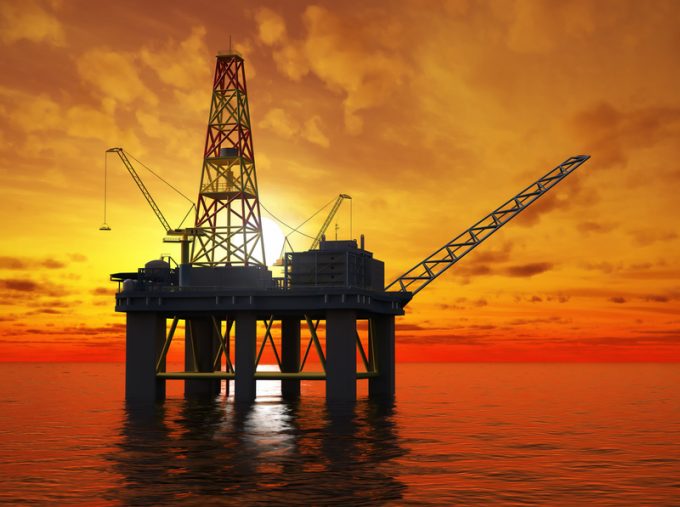'More pronounced' demand slump drives container spot freight rate declines
Container spot freight rates on most of the main shipping trades saw another week of ...

With oil prices plunging to less than $20 per barrel, ocean carriers are coming under increased pressure to cancel their bunker surcharges and introduce negative bunker adjustment factors (BAFs) across their networks.
Strict capacity discipline by carriers has supported freight rates on the major tradelanes to compensate for recent demand slumps, but shippers complain that the lines are still charging BAFs – and IMO 2020 low-sulphur surcharges – despite the precipitous decline in fuel prices.
Due to the logistics costs of supplying ...
'Disastrous' DSV-Schenker merger would 'disrupt European haulage market'
'Chaos after chaos' coming from de minimis changes and more tariffs
List of blanked transpac sailings grows as trade war heats up and demand cools
Shippers in Asia restart ocean shipment bookings – but not from China
India withdraws access for Bangladesh transhipments, in 'very harmful' decision
'Tariff hell' leaves industries in limbo – 'not a great environment to plan'
Asian exporters scramble for ships and boxes to beat 90-day tariff pause
Temporary tariff relief brings on early transpacific peak season
Pre-tariff rush of goods from US to China sees air rates soar, but not for long
De minimis-induced ecommerce demand slump could cripple freighter operators
Forwarders 'allowing the fox into the chicken run' by supporting 'hungry' carriers
Hapag 'took the bigger risk' when it signed up to Gemini, says Maersk
'Restoring America's maritime dominance' – stop laughing at the back of the class
Navigating tariffs: 'like trying to solve a Rubik's cube while colour-blind'
Marginal gains on east-west ocean container routes in a challenging week

Comment on this article
Michael Wilcox
April 23, 2020 at 11:59 amgreat article on BAF